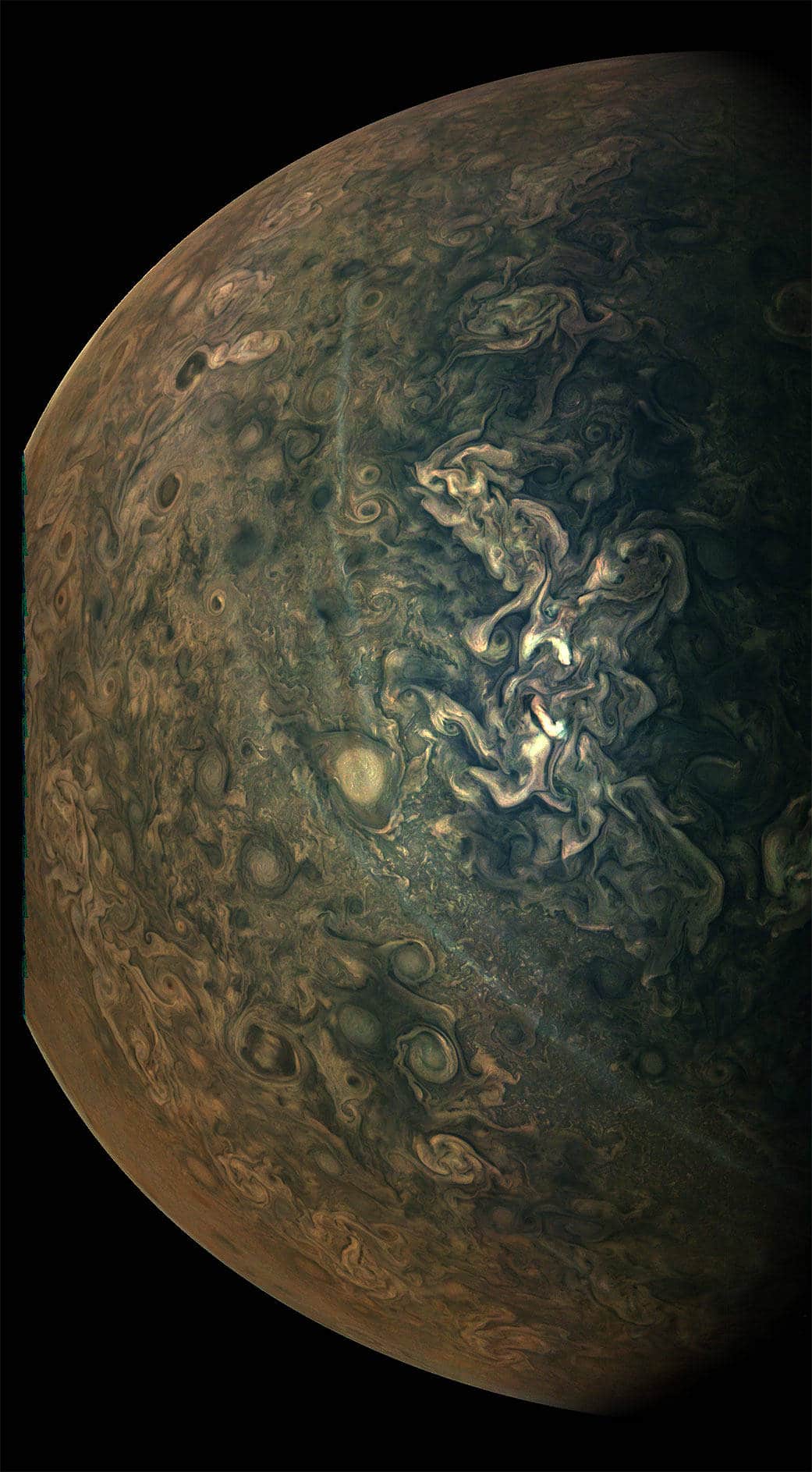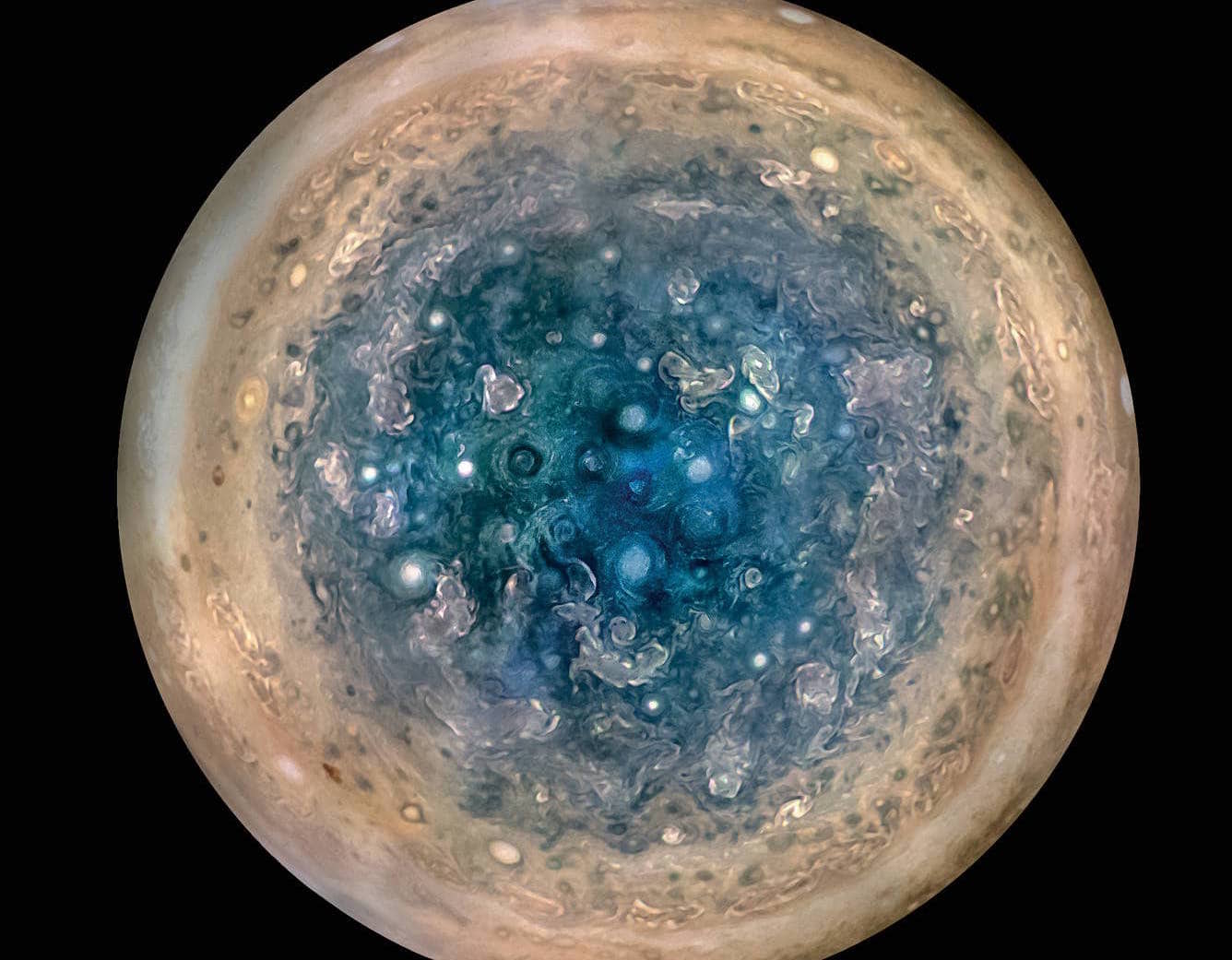It doesn’t need too much of an explanation. Jupiter is one of the most fantastic “objects” in the Solar System. There is, of course, a strong competition: I would say the same thing about probably any other astronomical body, but there are also objective arguments behind the statement, which we will soon verify with images.
It’s one of my favorite planets, which I found on the sky as second, right after Mars, around the age of eight, when I got my first telescope. And with the planet came the four big moons, as a gift.
Jupiter is of such mass that after gaining a good amount, it could even qualify as a small star one day. Maybe this and its system of large moons triggered the imagination of NASA or the experts of the flat Earth theory (hoax) that the planet could be ignited in order to create livable moons around it. Our largest planet should grow thirteen times to its current size to qualify for the smallest brown dwarf status. A must have plus is, moreover, the story of the floating forms of life on Jupiter, which was put to screen by Carl Sagan himself back in the day, thus creating countless sleepless nights for the teenagers of his generation.
Why did I start writing about Jupiter? Because I just saw the gallery of NASA‘s Juno mission. Here you go:










